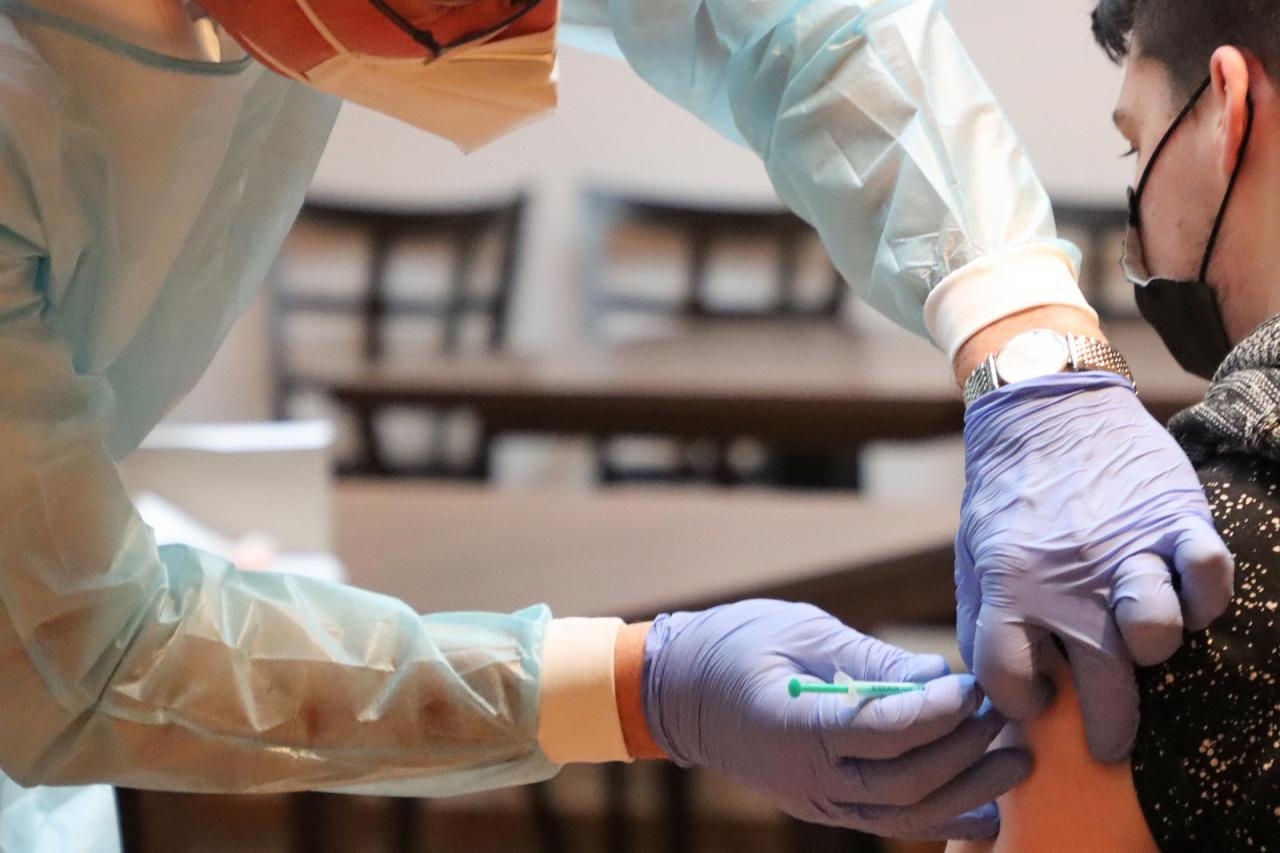Although it seems counterintuitive, it turns out that air can be used to scatter a laser beam. Furthermore, this method is not significantly damaged by intense laser light and does not degrade the quality of the beam itself. The method is described in condition Published in the journal Nature photonics.
How to bend a laser beam with air?
Physicists from a team led by PhD student Jannik Schrödel from the Helmholtz Institute in Jena decided to use sound waves to control the air at a point in space through which a laser beam passes.
By emitting sound waves (acoustic density waves) using special speakers, they created a pattern of dense, rarefied areas of air in the air. The specific optical grating prepared in this way works just like all other media of different densities, namely by bending the laser beam passing through it.
Read also: The Poles created a laser that had never existed before. This is the beginning of a new path
In principle, deflecting the beam on a diffraction grating allows you to control the beam much better than when you try to deflect it using the Earth’s atmosphere. In the case of an optical network, the resolution is determined by the size of the sound waves.
The results of the first tests are promising. The powerful infrared laser beam has been redirected by 50 percent. However, everything indicates that the accuracy will be significantly improved in the future.
Interestingly, to achieve the 50% level, the researchers had to emit sounds from speakers at a volume of 140 decibels. Fortunately, the waves themselves were emitting in the ultrasonic range, which our ears cannot hear.
This could be a very important discovery in the development of many areas of laser technology. In their tests, the researchers were able to deflect infrared laser beams with a maximum power of up to 20 gigawatts. This type of laser is used in particle accelerators, in thermonuclear fusion research, or in materials processing.
Such powerful lasers are usually limited by the properties of other components of optical systems, such as lenses, prisms, or mirrors. All of these components are subject to damage under strong light. However, if they could be replaced with air, the problem could theoretically disappear.
Read also: Unusual lasers and new applications. Is there a revolution coming?
The authors of the study point out that in exactly the same way, it is possible not only to scatter laser beams, but also to replace lenses, waveguides and other optical elements with air.
In the next stage of development of this innovative technology, the researchers want to test the effectiveness of other wavelengths and other gases instead of air.
In fact, this is the beginning of a completely new technology in the field of optics. Until now, optics has relied only on the interaction of light with matter in the solid state. At the same time, it turned out that light could be precisely controlled using gas. The potential of this technology is huge.

Echo Richards embodies a personality that is a delightful contradiction: a humble musicaholic who never brags about her expansive knowledge of both classic and contemporary tunes. Infuriatingly modest, one would never know from a mere conversation how deeply entrenched she is in the world of music. This passion seamlessly translates into her problem-solving skills, with Echo often drawing inspiration from melodies and rhythms. A voracious reader, she dives deep into literature, using stories to influence her own hardcore writing. Her spirited advocacy for alcohol isn’t about mere indulgence, but about celebrating life’s poignant moments.








